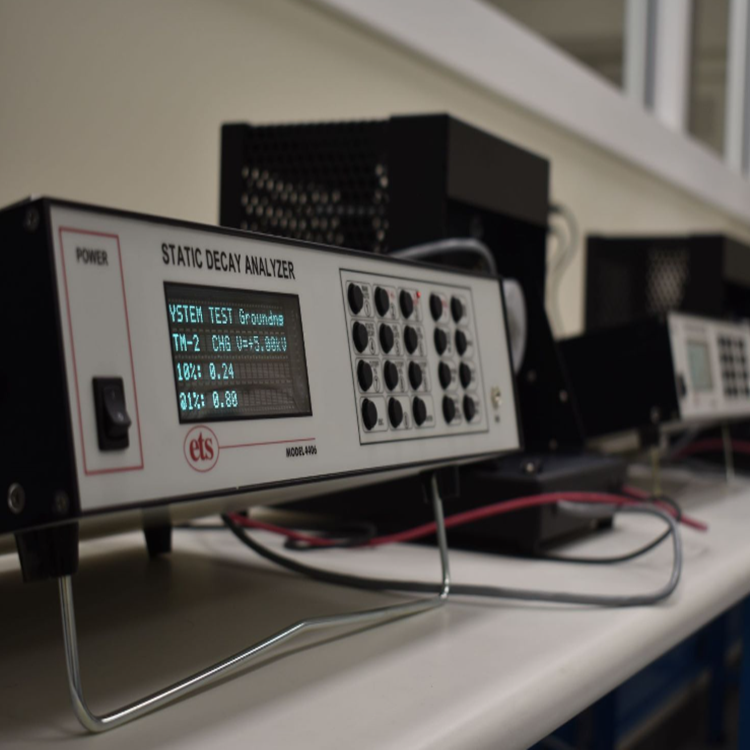Fabric electrostatic decay performance tester experimental parameters

The fabric electrostatic decay performance tester is suitable for measuring the electrostatic properties of fibers, yarns, fabrics, carpets, decorative fabrics, and other types of fabrics or various plate-shaped finished products. The instrument host consists of a corona discharge device and a probe detector. Using a given high-voltage electric field, the fabric is discharged for a fixed time to make the fabric induced by static electricity, to detect the size of static electricity, the half-life of static voltage decay, and the amount of static electricity residue to show the electrostatic performance of the tested fabric.
Shanghai Qianshi Precision Electromechanical Technology Co., Ltd. was established in 2012. It focuses on the research and development, design, and production of textile testing instruments, and provides textile testing instruments and services for academic research units and testing institutions. Shanghai Qianshi is currently one of the most competitive and R&D-strength textile testing instrument manufacturers in China. The R&D team is composed of a group of experienced engineers. We are committed to serving customers wholeheartedly and striving to promote technological innovation in textile testing instruments.

Applicable standards:
GB 19082-2009 Technical requirements for disposable medical protective clothing
YY 0867-2011 Test method for electrostatic decay time of nonwoven fabrics
GB 33728-2017 Electrostatic decay method for evaluating electrostatic properties of textiles
IST40.2(01) Standard Test Method for Electrostatic Decay of Nonwoven Fabrics
Experimental parameters:
A. The instrument adopts a four-part module design:
1) ±5000V voltage control module
2) High-voltage discharge module;
3) Attenuation voltage random test module;
4) Electrostatic decay time test module;
B. Electrostatic high-voltage source: ±5500V; Test electrostatic voltage: 0~±5kV
C. Electrostatic decay selection range: 0~(0~90%)
D. Discharge time range: 0 ~ 99.99 s/m/h
E. Attenuation time test range: 0 ~ 99.99s/m/h
F. Sample size: 89mm×(152±6)mm
2024-11-19 13:08

